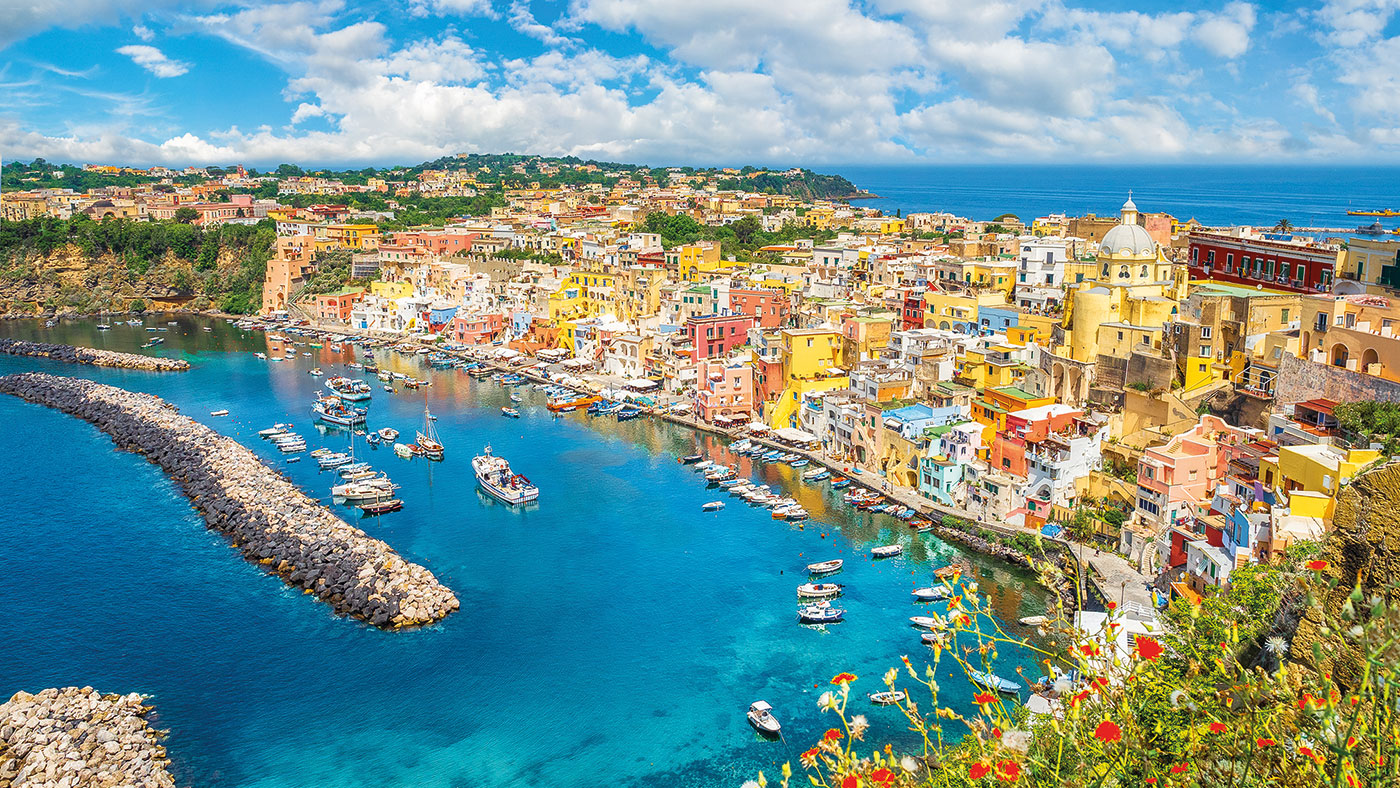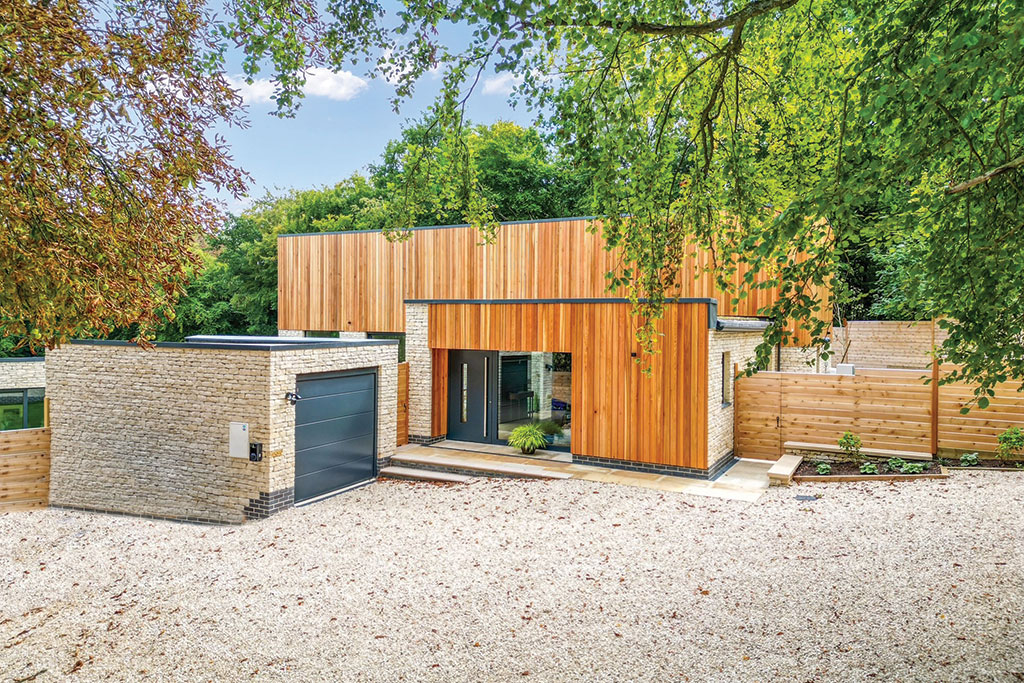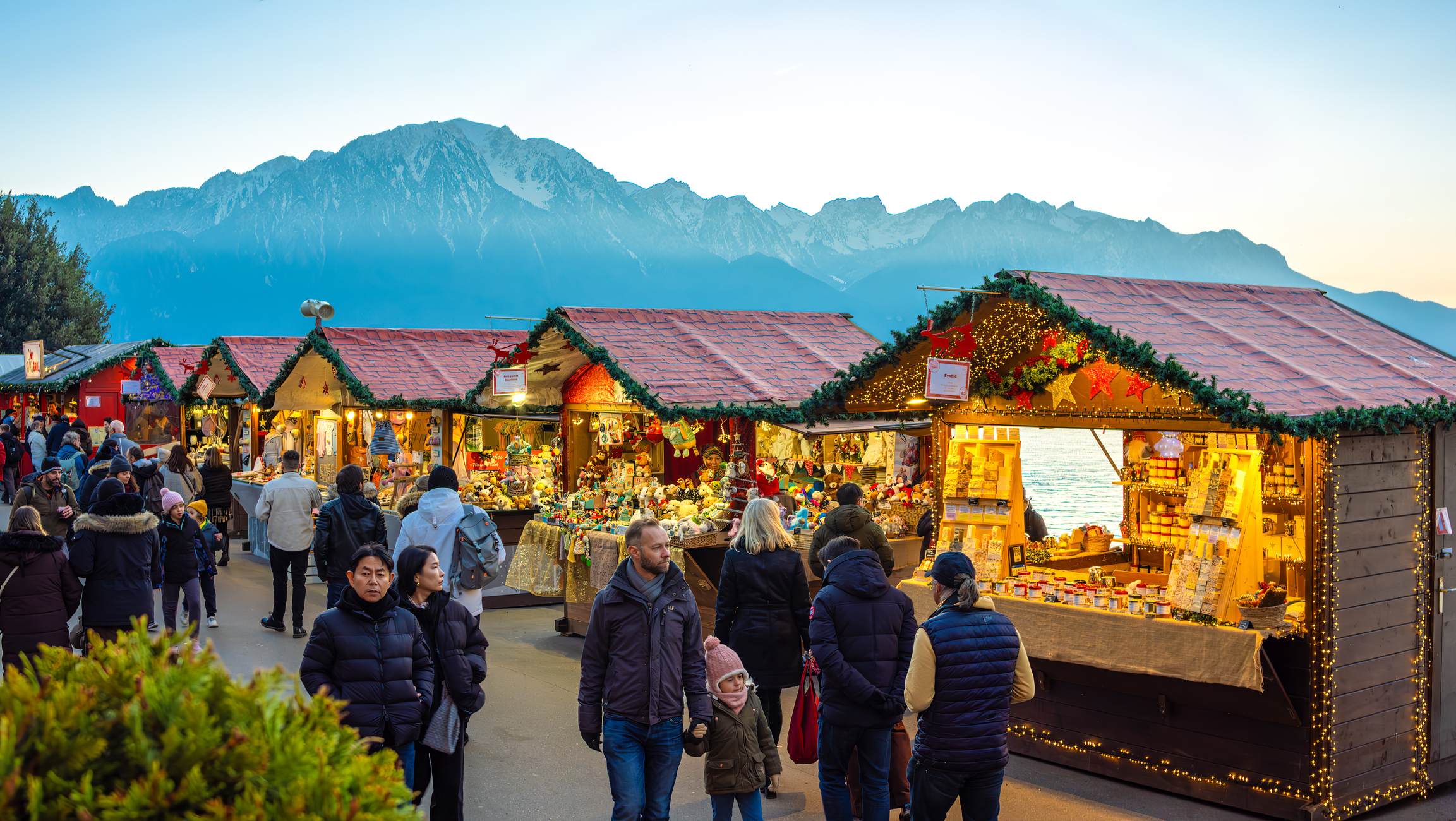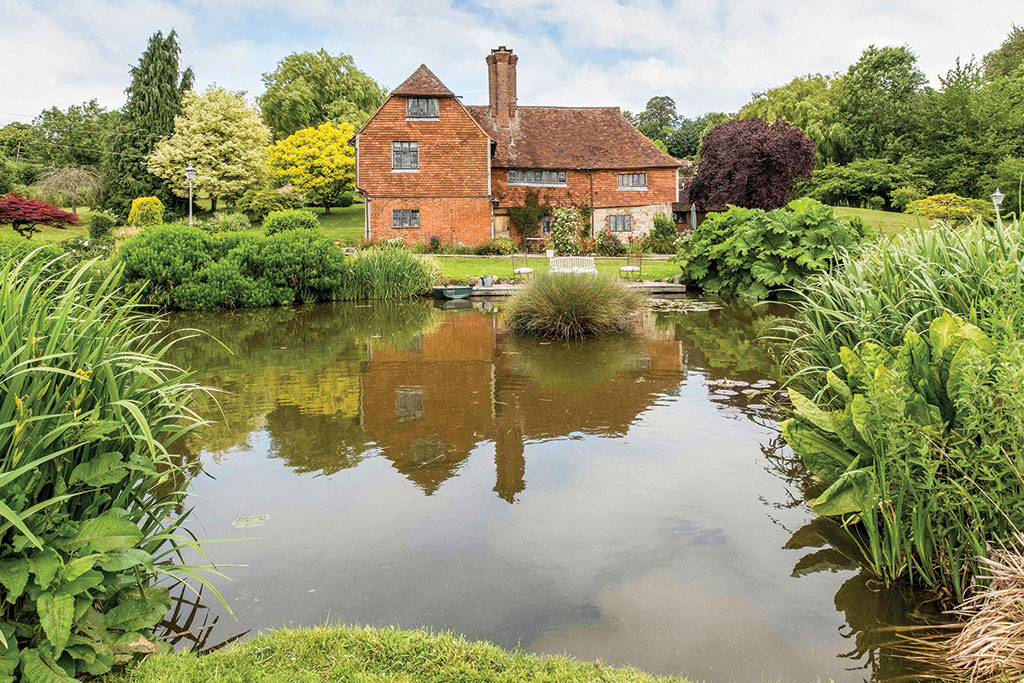Three overlooked Italian islands
From an isolated spot for hiking to a cultural hotspot with a pretty harbour.


“Time in western Sicily is peculiar,” says Horatio Clare in Condé Nast Traveller. “The map of the Mediterranean was once, to many, the chart of the known world.” And right in the centre of it all was Sicily. Look at the island this way, and “the sleepy oceanfront smelling of evaporating rain on marble pavements, tobacco smoke, fish and seaweed” becomes not the obscure backwater that in some ways it has since become, but “the root of Western civilisation”.
Greek, Norman, Arab and Bourbon rulers have all come and gone. You can observe the cultural remnants in the evening passeggiate – “an almost sacred custom, a see-and-be-seen stroll taken for its own sake” – in Mazara, western Sicily’s “ancient gateway and one of the towns I love best”.
From Sunset Terrace Mazara – “a real find, with a huge roof and open-air showers overlooking the promenade” – women can be seen “wearing their hair in thick ringlets, their dresses colourful and in gaudy styles that seem to gesture to Constantinople rather than Milan or Rome”. That shouldn’t come as a surprise. Until the Arab conquerors came ashore at Mazara in 826AD, “this was Byzantium’s westernmost province”. From around £87, sunsetterracemazara.it
MoneyWeek
Subscribe to MoneyWeek today and get your first six magazine issues absolutely FREE

Sign up to Money Morning
Don't miss the latest investment and personal finances news, market analysis, plus money-saving tips with our free twice-daily newsletter
Don't miss the latest investment and personal finances news, market analysis, plus money-saving tips with our free twice-daily newsletter
Quiet Capraia
Italy has more than 450 islands beyond the well-known Sicily and Sardinia, says Tim Jepson in The Daily Telegraph. The Tuscan archipelago offers some of the country’s most varied. Busy Elba is the best-known of the seven islands. For a quieter getaway, head to Capraia.
“It’s large enough to escape other visitors in the port and hill town above it (the only settlements) and the unspoiled interior is ideal for hiking – aim for the cliff scenery on the west coast or the trail to the Torre Zenobito [pictured], an old Genovese watchtower.” The birdwatching is also excellent here. Il Saracino, is a “calm three-star hotel with pool and sea views”, and makes for a good base. Doubles from £160, hotelsaracino.com
A capital of culture
The faded fishing boats bobbing in the water at Marina Grande, with “ice-cream-coloured houses in shades of pistachio, peach, raspberry and lemon” perched precariously behind them around the bay, is the first glimpse you will have of Procida, says Angelina Villa-Clarke in The Mail on Sunday. This “picture-postcard-perfect” island is located 14 miles off the coast of Naples. Despite, its “pretty, winding streets” having served as backdrops to The Talented Mr Ripley and Il Postino, many tourists overlook Procida in favour of Capri and Ischia. That makes this island, the first to be named Italy’s Capital of Culture, “quieter and far more low-key” and authentic.
San Michele, one of Procida’s most enchanting hotels, can be found in the picturesque fishing village of Corricella. “The boutique retreat is carved out of an artfully whitewashed townhouse and has a bohemian sense of style.” There are just 12 bedrooms and the alfresco seafood restaurant, Il Pescatore, feels like the very soul of Procida. From around £176, sanmicheleprocida.com
Get the latest financial news, insights and expert analysis from our award-winning MoneyWeek team, to help you understand what really matters when it comes to your finances.

-
 The best Christmas gifts for your loved ones
The best Christmas gifts for your loved onesWe round up the best Christmas gifts with a touch of luxury to delight, surprise and amaze family and friends this festive season
-
 The best UK Christmas markets for a wassail of a time
The best UK Christmas markets for a wassail of a timeWe round up the best UK Christmas markets to visit, from London's Hyde Park Winter Wonderland to Edinburgh's Princes Street Gardens
-
 The best Christmas gifts for your loved ones
The best Christmas gifts for your loved onesWe round up the best Christmas gifts with a touch of luxury to delight, surprise and amaze family and friends this festive season
-
 The best UK Christmas markets for a wassail of a time
The best UK Christmas markets for a wassail of a timeWe round up the best UK Christmas markets to visit, from London's Hyde Park Winter Wonderland to Edinburgh's Princes Street Gardens
-
 Reinventing the high street – how to invest in the retailers driving the change
Reinventing the high street – how to invest in the retailers driving the changeThe high street brands that can make shopping and leisure an enjoyable experience will thrive, says Maryam Cockar
-
 8 of the best houses for sale with electric vehicle charging
8 of the best houses for sale with electric vehicle chargingThe best houses for sale with electric vehicle charging – from a converted World War II control tower in Scotland, to a Victorian country house in Cumbria
-
 Nine of the best luxury Christmas hampers to buy
Nine of the best luxury Christmas hampers to buyWe take a look at the best luxury Christmas hampers – an indulgent selection of the finest cheeses, wines, chocolates and puddings for a quality celebration
-
 Six of the best Christmas wines to buy this festive season
Six of the best Christmas wines to buy this festive seasonMatthew Jukes tips the best Christmas wines for a festive tipple
-
 5 of the best Christmas markets in Europe to visit this winter
5 of the best Christmas markets in Europe to visit this winterWe round up the best Christmas markets in Europe for the perfect festive break – from Portugal to Switzerland
-
 8 of the best properties for sale with wildlife ponds
8 of the best properties for sale with wildlife pondsThe best properties for sale with wildlife ponds – from a 16th-century house in the Ashdown Forest, to a property on Pembrokeshire’s Preseli Hills